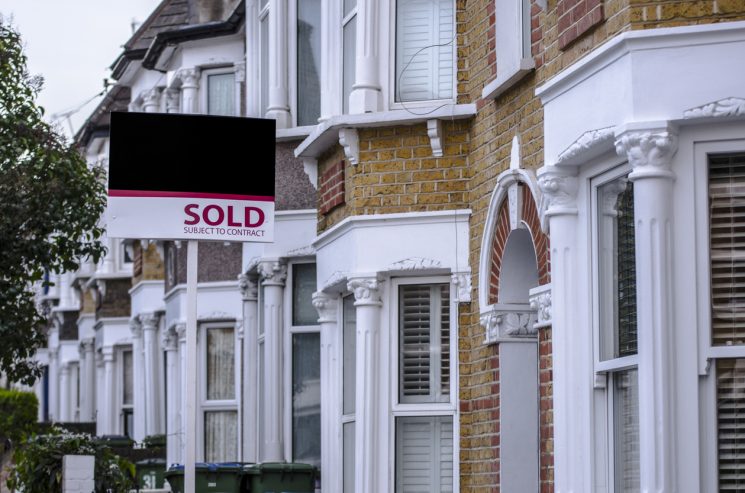The popularity of bridging loans is on the up and up steadily boosting this particular financial instrument especially in the form of the property refurbishment sector. These tools are very effective especially in funding a rapid turnaround for developers while helping to get them onto the next step of their portfolio ladders.
“As people return to work in January and kick starting New Year business venture this is great time for bridging loans market.” – BridgingLoans.co.uk – Specialists with a Great Loan Calculator.
According to the latest research bridging loan volumes have increased by 10.7% year-on-year to £534.1m in 2017 (2016: £482.61m), according to the latest research.
The Bridging Trends report is published by bridging lender MTF and it revealed that the total value of bridging loans completed by contributors reached £118.79m in Q1 2017, then increasing to £150.7m in Q2 2017 (the highest level in a quarter since 2015.)
The value of loans then slightly dipped for the second half of the year: £142.75m in Q3 2017 and £122.49m in Q4 2017.
Regulated bridging loan activity outperformed unregulated bridging loans for the first time in Q1 2017. While overall, half of all bridging transactions were unregulated in 2017 (54%), while regulated bridging loans increased to 46% in 2017 (2016: 44%, 2015: 36.6%).
The average monthly interest rates stood at 0.83%, which was down from 0.85% in 2016, while the average completion times balanced out on average 43 days in 2017 (2016: 45 days)
Joshua Elash, is the director at MTF said:-
“It is interesting to see what appears to be a direct correlation between the data reported and the macroeconomic and regulatory changes which have impacted upon the market as a whole.”
“One example, is as we see in this annual reporting cycle, regulated bridging finance lending outstrip unregulated bridging finance for the first time.”
“This follows on the heels from the implementation of the mortgage credit directive and the consequential introduction of a new class of regulated ‘consumer’ buy-to-let lending impacting on the growth pattern.
“Equally, we are also interested to see that again for the first time since reporting began, refurbishment to existing investment property was the most popular reason for borrowing during Q2 of last year.
“This in turn follows on from increases in the stamp duty taxes payable on the acquisition of new buy-to-let properties which indicates a potential strategy shift among professional property investors towards value enhancement sector.”
As we can see from the figures above there seems to be based on these figures a steady and ongoing market push toward the property sector and the securing of more and more bridging loans on the whole. It is pretty obvious from the trends we should see further growth in 2018 which will also raise the values of house and other property prices this spring as the trend continues.





